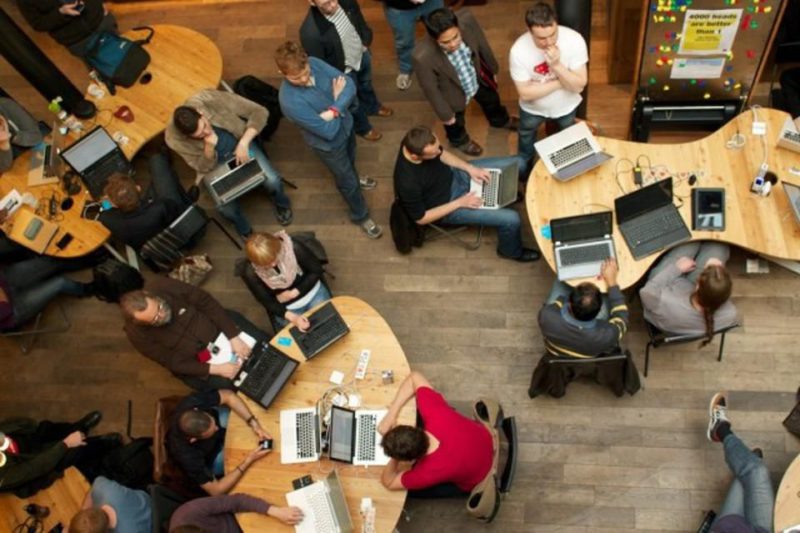haTraditionally, hackathons – the word is a combination of ‘hack’ and ‘marathon’ – are events that focus on entrepreneurship and engineering, often fueled by caffeine and junk food, culminating in the creation of inspiring prototypes and new ideas. Essentially, a hackathon aims to challenge its participants so they turn their ideas into reality – it’s a great illustration of what a sprint of collaborative work can accomplish. Taking a note from the tech world, associations are realising the value in this dedicated type of group problem solving.
Words Rémi Dévé
Hackathons were born in the world of tech startups in the 1990s and traditionally brought together computer programmers to create new software and tech solutions, judged by a panel of subject-matter experts and industry leaders. Facebook features such as the “Like” button and “Timeline” display were developed during hackathons. Today, hackfests, as they are also sometimes called, have spread to almost every industry sector, and are being used by businesses, community activists, and nonprofits to create innovative products, prototypes or programs, as well as help spark new ideas, identify challenges and solve real-world problems. Associations are also seeing the value of those intense sessions and jumping on the bandwagon.
Powerful tool
Hackathons are all about community and collaboration. For associations, they have become a powerful tool to promote engagement and collaboration with members or conference attendees, especially because the core mission of hackathons has endless possible applications. Hackathons can also help build bridges with the technology ecosystem. In today’s world it simply makes sense to be around start-ups, tech gurus, IOT engineers and developers. It doesn’t matter what your industry is, technology is changing it, and associations have realised this.
But why would you, as an association, organise a hackathon instead of a regular seminar for instance? As Ney Neto, Director of Business Development & Innovation, MCI Brazil, says, a hackathon can actually be very efficient in the context of association management. “One of the biggest challenges for an association is to keep its members engaged. Communication has changed with the digital transformation. E-mail blasts and one monthly newsletter might not be enough to have your members engaged. So a good objective for hackathoners can be to come up with a prototype a communication tool that will promote engagement with your members.” he argues.
On another hand, hackathons might represent a good opportunity for industry professionals to listen to tech savvy people, the millennials, or your next trainee if you will. As digital natives, they think differently when it comes to digital communication, and a hackathon is a wonderful environment to exchange with them. “One of the professions of the future is called Social Engineers, the meeting designers who go about this technology ecosystem. They seat in co-working spaces, talk blockchains, meet-ups, hackathons, game jams, and they can facilitate the connections between developers, IT mentors, and the professional or trade associations. In this context, they will be the ones designing innovation journeys to solve problems collectively.” says Ney.
Read the rest of this article in the February issue of Boardroom, out soon. In the mean time, check out our past issues.
